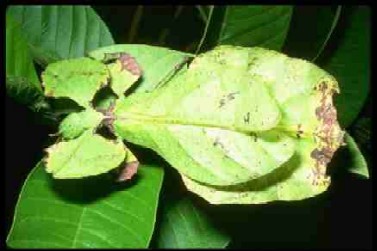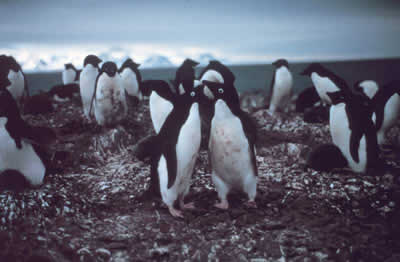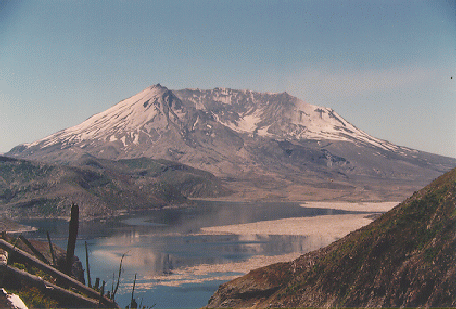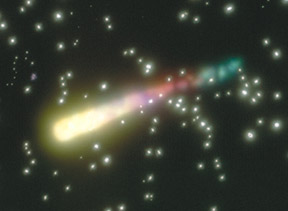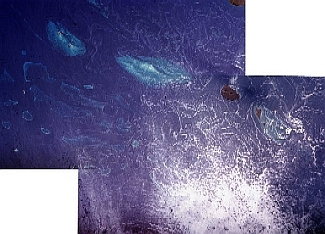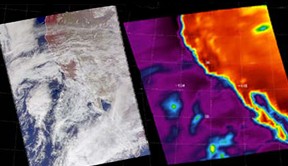Click on image for full size
Corel Photography
Using Leaves From the Past to Tell the Future!
News story originally written on April 16, 2003
Today, our climate is changing very rapidly. To better understand how speedy climate change may affect plants and animals in the future, scientists are looking at the past.
The scientists are looking at thousands of fossil plant leaves that are 65 to 55 million years old. The plants are from the time that dinosaurs and many other living things were becoming extinct as climates changed rapidly after a giant asteroid hit the Earth.
The scientists wondered how the ancient climate change affected plants and the insects that nibbled them. Plants may react to climate change in different ways. Some may move to live in a tolerable climate. Others may evolve to tolerate the new climate. Or, living things may become extinct if they are unable to cope with the new climate. The scientists found that most of the ancient plants they studied became extinct as the climate changed. Over the 10 million year period, there was a large loss of species. In fact, only 21% of the plant species from their sample survived the massive climate change and it took several million years for plants to again become diverse.
Plants were not the only things affected. Many insects that ate the plants also became extinct, especially those that relied on eating only one particular species of plant. The scientists found that ancient insects munched on the fossil leaves in similar ways as insects living today. Some insects nibble the edges of leaves, other drill holes in the middle, and there are many different variations as well. They found that the ancient insects had a total of 51 different styles of eating leaves, but many became extinct as their food source died.
The scientists hope that what we learn from the past may help us lessen the loss of species as climates continue to change in the future.


